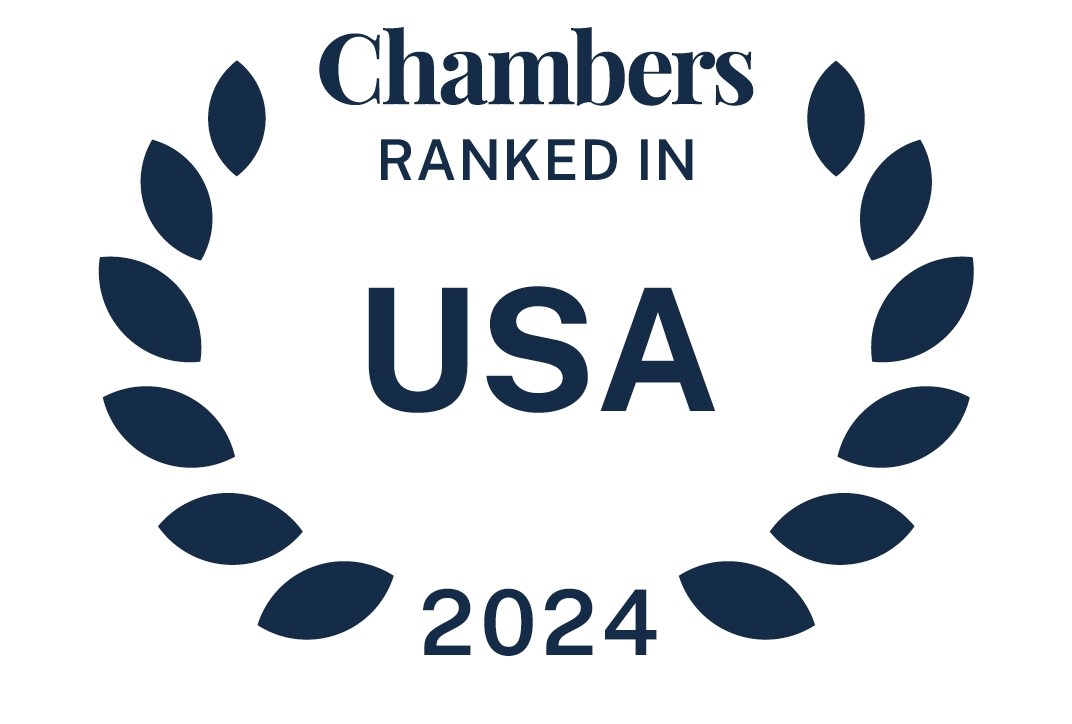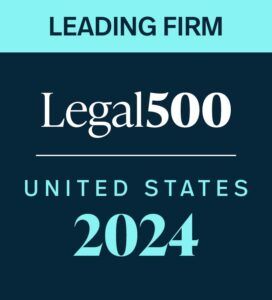Businesses strive to draw the line correctly on who is an employee versus who is an independent contractor. New regulations issued by the Department of Labor (DOL) in early January promised to help. See, 29 CFR §§795.100. But by late January, those regulations under the Fair Labor Standards Act (FLSA) were frozen.
Unlike laws passed by Congress, administrative regulations are far more easily altered when a new president takes office. The regulations published by President Trump’s DOL in January had an effective date of March 8, 2021. Now, President Biden’s DOL will have an additional 60 days beyond that effective date to announce what will happen next.
Those new regulations provided a much simpler test for classifying workers. While including five factors, the results turned on two of those factors: (1) the nature and degree of the worker’s control over the work and (2) the worker’s opportunity for profit/loss based on personal initiative or investment. Most significantly, those regulations focused on the actual practices, rather than what may be possible.
This same issue may also arise under other federal statutes as well as state laws, including those governing on whom unemployment insurance taxes must be paid. With multiple statutes (each with its own distinctive test), drawing the line between independent contractors and employees correctly turns not only on meeting whatever the ultimate FLSA test turns out to be.
The most difficult is the so-called ABC test:
- The worker is free from the control and direction of the hiring entity in connection with the work’s performance, both under the contract for the performance of the work and in fact.
- The worker performs work that is outside the usual course of the hiring entity’s business.
- The worker is customarily engaged in an independently established trade, occupation or business of the same nature as the work performed.
That is the test that is embedded in proposed federal legislation: the Protecting the Right to Organize (PRO) Act. That is also now the official test for most jobs under most California laws.
read more


 Subscribe
Subscribe




